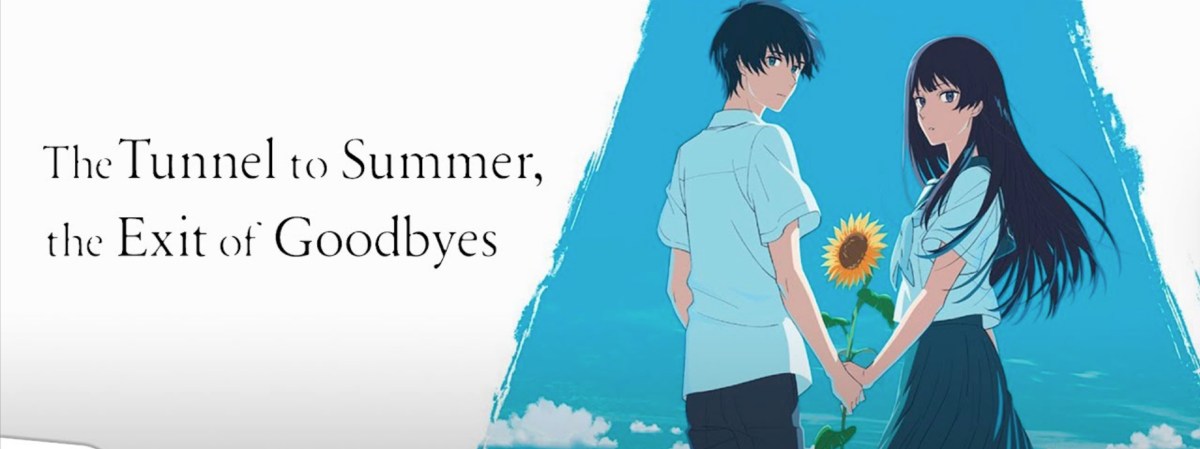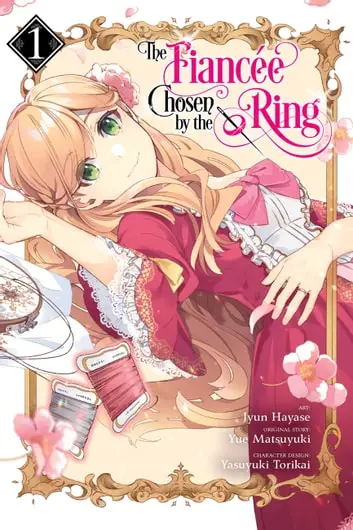How far would you go to make a wish come true? Rumor has it, Urashima Tunnel grants your heart’s desire, if only you can find it and if only you are willing to pay the toll, which is counted out in days and years rather than legal tender. You see, time moves differently inside that endless tunnel where the uncanny maple trees light the way with electric leaves. One day, Kaoru Touno finds that tunnel; on the next, Anzu Hanashiro finds him.
Kaoru is a boy with a dark cloud hanging over him who is always ready for the rain; Anzu is a girl with a mean right cross and a habit of forgetting her umbrella. Although the two meet under appropriately stormy circumstances, it isn’t fluttering hearts that draw them together, but rather the matching contours of loss that have already marked their young lives. And so they form a pact to unlock the secrets of Urashima Tunnel and pay the price for the wishes that will restore what is most precious to them.
They approach the task like a school science project, conducting experiments with methodical precision to track just how much time the tunnel consumes in exchange for the privilege of walking its unsettling path. It seems to grant wishes randomly, first reviving Kaoru’s childhood pet parakeet—a cheeky play on the canary in the tunnel trope—and later raising Anzu’s hopes with a collection of drawings. Both gifts from the tunnel are teasers of a sort, hooks on the end of a line that may well sink them both should they run too long and too far after it. For Kaoru, it’s the possibility of restoring his family to how it was when he was young, when it was composed of more than just a father who rages and drinks, and himself, who tries to stay as small and invisible as possible. For Anzu, it’s the dream of becoming a mangaka, or perhaps it’s some deeper wish, from which her desire to rise to fame on the strength of her linework ultimately stems. As the two explore the tunnel, they uncover more than just the limits of its potential (of which there seem to be none) and the rules of its costly tariffs. They learn too of the way that pain can bring us together, binding broken hearts to one another; how our lives can take on a new shape and direction as a result; and how, tragically, sometimes they don’t, even though they should.

The Tunnel to Summer, the Exit of Goodbyes is set to be the romance fantasy blockbuster of the summer, and it is more than the sum of its parts. Thematically, it tackles the thorny issue of loss and the regret and shame that often follow. The film illuminates a paradox at the heart of these matters, revealing the way that loss can stall our lives, trapping us in a stagnant present, unable to step into the future; but also the way that efforts to move forward inevitably shut doors of their own, especially on the things of the past that cannot come with us. The story captures the difficulty of awakening to a world that is not the simple construct of cause and effect and binary opposites that the eyes of youth often take it to be. But it also shows that there is beauty in the complexity, in the non-zero-sum nature of life. In this sense, The Tunnel to Summer is a coming-of-age tale that is more nebulous than many of the genre, meaning that it may not be as immediately satisfying as some, but it proves more rewarding with time.
The film adapts the award-winning light novel by Mei Hachimoku, addressing the flawed pacing of the original to produce a rich 82 minutes of layered storytelling. This is director Tomohisa Taguchi’s first foray into real-world character drama, being a veteran of fantasy action franchises like Bleach and Persona 3, and he may just have found a new calling. At the Annecy International Animation Film Festival, Taguchi shared his desire to create “a proper cinematic film of high quality,” and the efforts of the young director and the team at CLAP studio (Pompo: the Cinéphile) to this end are evident in the artistry on display here. In addition to the attention to detail—ice cubes in glasses that gradually melt as the scene progresses—the film is distinguished by an eloquent use of visual metaphor. For instance, the developing relationship between the two leads is echoed in the shots of airplane vapor trails that punctuate the story, as a lone plane multiplies into two soaring in tandem, then one leading the other, followed by empty skies and at last, two trails crossing paths.

The color design by Taguchi’s frequent collaborator, Saori Gouda, also stands out for its metaphorical qualities, as the sinister red glow associated with the tunnel competes with the yellow of Kaoru and Anzu’s growing relationship. The red overshadows the yellow throughout much of the film, as sunflowers in the school garden struggle to blossom or remain trapped in ceramic. When the sunny blooms at last explode onto the screen, they prove fleeting, as flowers are wont to be. In the end, it is a harmony of hues that is reached, though its composition is not what may be expected. This is a true cinematic adaptation, making full use of the potential and capacity of the visual to speak a language all its own.


The Tunnel to Summer, the Exit of Goodbyes exceeds expectations. Although not on the level of works by Makoto Shinkai and his studio CoMix Wave Films (Your Name, Weathering With You, Suzume), who set the bar for teen drama, relative newcomers Taguchi and studio CLAP offer up a film with flesh on its bones. What is more, it is a work that shows promise for the future of both the studio and director—a fitting achievement for a film that strikes a note of hope amid the pain of loss.
The Tunnel to Summer, the Exit of Goodbyes releases in theaters in the UK today, Friday, 14 July. US distribution has not been announced.

*Images taken from the official trailer.
Related
Source link










Leave a Reply